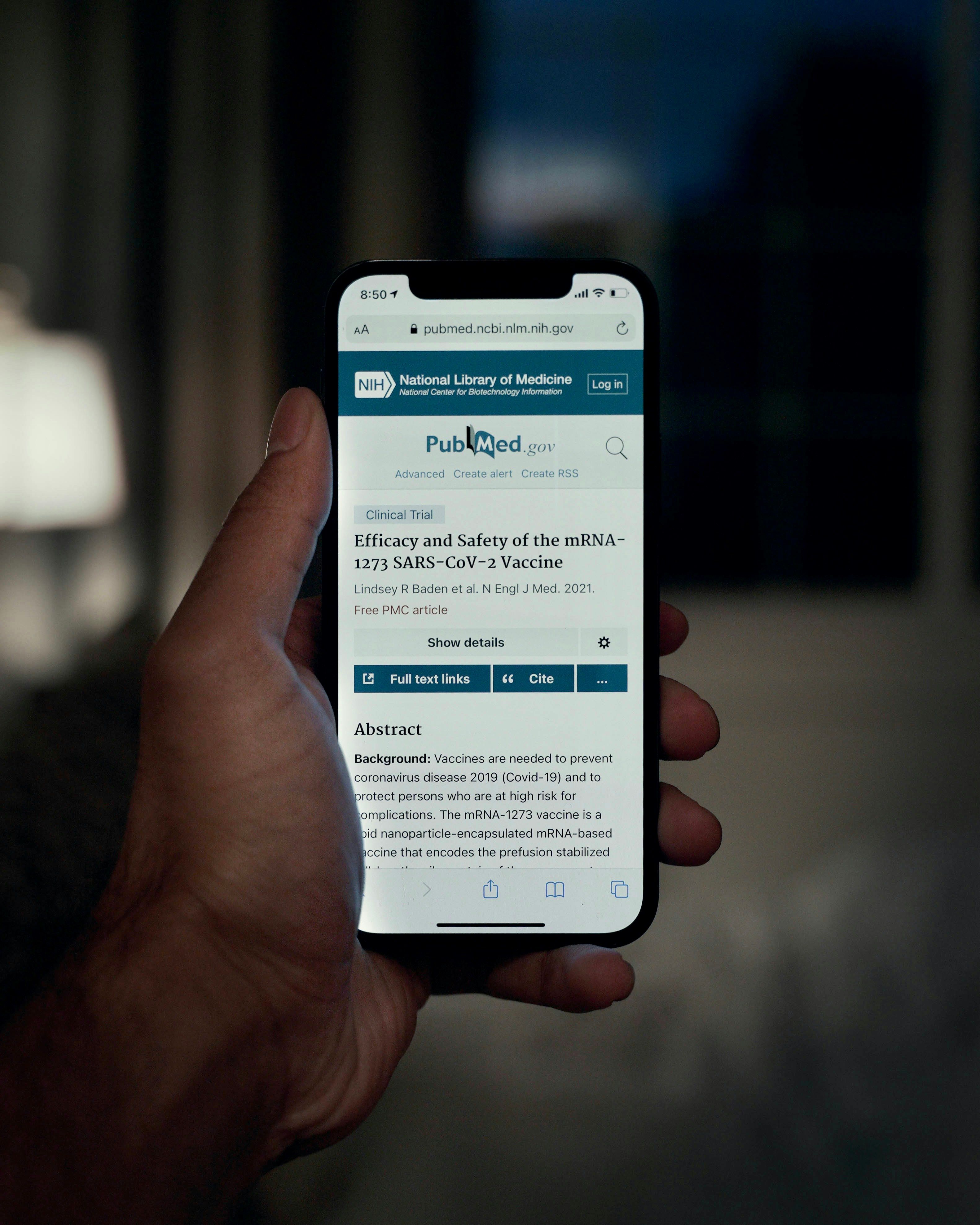Robot Lawn Mower Technology Explained: How It Works
Real-Time Kinematic (RTK) technology revolutionizes the navigation of robot lawn mowers, enhancing their precision significantly. By combining satellite data with corrective signals from a stationary ground-based antenna, RTK narrows down the mower's location from a few meters to just a few centimeters.
This advancement eradicates the need for boundary wires in lawns, allowing the mowers to move in a logical, ordered fashion, rather than simply going around randomly. While global navigation satellite systems (GNSS) alone provide adequate location data, RTK provides up to 100 times greater accuracy compared to smartphone GPS [1][5].
The enhanced accuracy results in the mowers steering precise paths, aligning closely with obstacle edges, and maintaining consistent mowing patterns across the lawn. This improved precision enables them to reliably navigate within predefined zones without the need for physical perimeters, providing boundary wire-free operation and enhancing safety near sidewalks, drainage ditches, or other landscape features [1][5].
The technology utilizes a fixed, antenna-equipped base station with known coordinates, distinct from the robot lawn mower's charging station. Both the RTK station and the mower connect to satellites in the sky to achieve optimal navigation. The RTK station should be placed with a wide and unobstructed view of the sky as possible to ensure seamless signal transmission [2].
It is essential to note that the effectiveness of RTK positioning is dependent on several factors. Overhead obstructions like trees, buildings, or insufficient satellite coverage, can impact the system's performance. Despite this improvement, some users may still encounter challenges such as unmown strips of grass or areas missed during mowing, requiring ancillary navigation systems as backup when signal quality is poor [3].
References:[1] Tur Venture Research (2021). Real-Time Kinematic GPS: A Step Up in Precision Agriculture. Retrieved from https://www.turventureresearch.com/news/real-time-kinematic-gps-precision-agriculture/[2] John Deere (2019). Sensing Technology in the John Deere X900 Precision Mower. Retrieved from https://www.deere.com/en/resources/articles/sensing-technology-in-the-john-deere-x900-precision-mower/[3] Current Robotics (n.d.). The Next Level in Lawn Mowing Technology. Retrieved from https://currentrobotics.com/blog/next-level-in-lawn-mowing-technology/[4] Robot Lawn Mower Central. (2021). Mowing Your Lawn Boundary-Free: How RTK Navigation Works & Why It Matters. Retrieved from https://www.robotlawnmowercentral.com/mowing-your-lawn-boundary-free-how-rtk-navigation-works-why-it-matters/[5] OpenGov Asia. (2020). The Importance of Real-Time Kinematic (RTK) GNSS Technology. Retrieved from https://www.opengovasia.com/the-importance-of-real-time-kinematic-rtk-gnss-technology/
In a separate article, we delve deeper into how robot lawn mowers function, examine the Mammotion LUBA 2 AWD robot lawn mower, and discuss the pros and cons of purchasing a robot lawn mower. Stay tuned and sign up for our daily newsletter to be updated on the latest news, reviews, and opinions in the technology industry.
The integration of RTK technology into smart home devices like robot lawn mowers can be compared to the precision observed in sports, notably meticulous patterns resembling those of skilled athletes. This technology can also be associated with superior gadgets, as it requires the use of cutting-edge technology for satellite navigation.
As we move forward in exploring various technologies, it becomes apparent that RTK technology can extend beyond lawn mowing, potentially impacting other gadgets and sports that rely on precise navigation.








